Every March and April, there is a flurry of buying activity in marts around the country for light and medium weight store cattle.
These animals tend to be grazed and killed off grass in late autumn, or housed and taken through to slaughter the following spring.
The grass buyer is a vital part of the beef supply chain. Many suckler herd owners working on heavier land and calving cows over late spring will winter calves and target selling animals into this market.
Early demand
Mart managers indicate there is already a significant number of buyers looking to purchase stores for grazing this summer.
As with all aspects of finishing cattle, the margins are slim. Farmers in this system are exposed to both ends of the market, meaning they have little control over the buying price or beef price.
These are the two aspects that will make or break the system. While store prices are currently strong, they are not the problem.
Store price
At current store prices, the suckler farmer producing the store animal is merely covering costs and hopefully making a small margin.
Unfortunately, beef price has not kept pace with the live trade. However, for farmers looking to buy cattle for grazing and grass finishing, they have to work to a realistic beef price.
It is crucial farmers complete a budget on the costs of buying cattle to graze and finish, either off grass or out of the shed next spring.
If the budget shows the sums do not stack up, then farmers need to rethink the system.
While some farmers have a preference for a certain type of animal, consideration should be given to buying something different that could provide better value for money.
Outlined is an example of a budget for three different types of cattle to be purchased this spring with animals destined for slaughter in mid to late autumn.
Assumptions
The example assumes a farmer typically buys 20 top-quality continental store heifers every year on 1 April with animals going straight to grass.
Heifers usually weigh 400kg when purchased and graze 15 acres of productive land which is owned.
Fertiliser is normally 2,500 gal/acre of slurry in early March valued at €30/acre, plus two bags/acre of CAN (€270/t) and two bags/acre of CAN plus sulphur (€280/t) over the season.
Heifers usually get two worm drenches and are finished off grass around 1 November with an average of 4kg/day of concentrate fed over 50 days prior to slaughter.
Fixed costs are typically €15/head per month on farm and the farmer wants a margin of €50/head on heifers.
After struggling to break-even in recent years, the farmer is considering altering the system, hence the reason for a budget on three different types of heifer, which are:
U grading continental animals.R grading heifers with a mix of traditional and continental breeding.O grading beef cross dairy-bred animals.Option 1: top-quality
U grading heifers
Based on the MartBids data, top-quality continental heifers weighing 400kg are currently averaging €2.60kg, giving a purchase price of €1,040/head.
Based on the outlined fertiliser regime, grazing costs over the 15 acres are €1,290. Spread over 20 heifers, this works out at €65/head.
Two worm drenches costing of €10/head and miscellaneous costs of €50/head to cover fencing materials, replacement tags, haulage, etc, are factored in.
Heifers average 4kg/day of concentrate (€250/t) for 50 days prior to slaughter, costing €50/head. Fixed costs from 1 April to 1 November are €105/head.
Adding in the €50/head margin, total input costs, purchase price and margin come to a break-even of €1,370/head.
Assuming a daily gain of 1kg/day at grass, and a kill-out of 55% off grass, carcase weight for the U grading heifers averages 338kg. This converts to a beef price of €4.05/kg.
Option 2: R grading continental x traditional beef cross heifer
Option 2 looks at a slightly plainer animal with R grade conformation. Based on MartBids data, the average price for a 400kg heifer of this quality is €2.25/kg, bringing purchase price to €900.
Again, grazing costs for the group of 20 heifers is €65/head. Worming costs are €10/head and miscellaneous costs remain on €50/head with no change to fixed costs at €105/head.
Concentrate costs are taken as 4kg/day for 40 days to reflect the native genetics in heifers. At the same ration price of €250/t, concentrate costs are €40/head. Again, a €50/head margin is included.
Adding purchase price to input costs and profit margin, total break-even cost comes to €1,220/head.
The example assumes heifers are grazed from 1 April and finished on 1 November. Liveweight gain averages 0.9kg/day with a 54% kill-out to reflect the difference in genetics.
Carcase weight at the outlined performance is 320kg, meaning the break-even beef price is €3.81/kg.
Option 3: O grading
beef-sired dairy cross animal
This options looks at the potential of buying beef-sired heifers from a dairy dam. For a 400kg heifer of this type, MartBids indicates prices are €1.95/kg bringing sale value to €780/head. The same fertiliser routine is followed at €65/head, plus €10 for wormers and €50 miscellaneous costs. However, concentrate feeding (€250/t) is reduced to 4kg/day for 30 days, costing €30/head. Given the type of animal, it is realistic to expect this type of heifer to be slaughter-fit by 1 October which brings fixed costs to €90/head.
A margin of €50/head is still factored in. When added to purchase price and the other inputs, break-even price is €1,075.
Liveweight gain is reduced to 0.8kg/day from 1 April to 1 October with kill-out taken as 53% off grass. This results in a carcase weight of 289kg and equates to a break-even beef price of €3.72/kg. Choosing heifers which qualify for price premiums under native breed schemes, such as Angus, may make this price more realistically obtainable.
Read more
Thrive: dealing with bloat in calves
Managing cow condition from calving to breeding
Every March and April, there is a flurry of buying activity in marts around the country for light and medium weight store cattle.
These animals tend to be grazed and killed off grass in late autumn, or housed and taken through to slaughter the following spring.
The grass buyer is a vital part of the beef supply chain. Many suckler herd owners working on heavier land and calving cows over late spring will winter calves and target selling animals into this market.
Early demand
Mart managers indicate there is already a significant number of buyers looking to purchase stores for grazing this summer.
As with all aspects of finishing cattle, the margins are slim. Farmers in this system are exposed to both ends of the market, meaning they have little control over the buying price or beef price.
These are the two aspects that will make or break the system. While store prices are currently strong, they are not the problem.
Store price
At current store prices, the suckler farmer producing the store animal is merely covering costs and hopefully making a small margin.
Unfortunately, beef price has not kept pace with the live trade. However, for farmers looking to buy cattle for grazing and grass finishing, they have to work to a realistic beef price.
It is crucial farmers complete a budget on the costs of buying cattle to graze and finish, either off grass or out of the shed next spring.
If the budget shows the sums do not stack up, then farmers need to rethink the system.
While some farmers have a preference for a certain type of animal, consideration should be given to buying something different that could provide better value for money.
Outlined is an example of a budget for three different types of cattle to be purchased this spring with animals destined for slaughter in mid to late autumn.
Assumptions
The example assumes a farmer typically buys 20 top-quality continental store heifers every year on 1 April with animals going straight to grass.
Heifers usually weigh 400kg when purchased and graze 15 acres of productive land which is owned.
Fertiliser is normally 2,500 gal/acre of slurry in early March valued at €30/acre, plus two bags/acre of CAN (€270/t) and two bags/acre of CAN plus sulphur (€280/t) over the season.
Heifers usually get two worm drenches and are finished off grass around 1 November with an average of 4kg/day of concentrate fed over 50 days prior to slaughter.
Fixed costs are typically €15/head per month on farm and the farmer wants a margin of €50/head on heifers.
After struggling to break-even in recent years, the farmer is considering altering the system, hence the reason for a budget on three different types of heifer, which are:
U grading continental animals.R grading heifers with a mix of traditional and continental breeding.O grading beef cross dairy-bred animals.Option 1: top-quality
U grading heifers
Based on the MartBids data, top-quality continental heifers weighing 400kg are currently averaging €2.60kg, giving a purchase price of €1,040/head.
Based on the outlined fertiliser regime, grazing costs over the 15 acres are €1,290. Spread over 20 heifers, this works out at €65/head.
Two worm drenches costing of €10/head and miscellaneous costs of €50/head to cover fencing materials, replacement tags, haulage, etc, are factored in.
Heifers average 4kg/day of concentrate (€250/t) for 50 days prior to slaughter, costing €50/head. Fixed costs from 1 April to 1 November are €105/head.
Adding in the €50/head margin, total input costs, purchase price and margin come to a break-even of €1,370/head.
Assuming a daily gain of 1kg/day at grass, and a kill-out of 55% off grass, carcase weight for the U grading heifers averages 338kg. This converts to a beef price of €4.05/kg.
Option 2: R grading continental x traditional beef cross heifer
Option 2 looks at a slightly plainer animal with R grade conformation. Based on MartBids data, the average price for a 400kg heifer of this quality is €2.25/kg, bringing purchase price to €900.
Again, grazing costs for the group of 20 heifers is €65/head. Worming costs are €10/head and miscellaneous costs remain on €50/head with no change to fixed costs at €105/head.
Concentrate costs are taken as 4kg/day for 40 days to reflect the native genetics in heifers. At the same ration price of €250/t, concentrate costs are €40/head. Again, a €50/head margin is included.
Adding purchase price to input costs and profit margin, total break-even cost comes to €1,220/head.
The example assumes heifers are grazed from 1 April and finished on 1 November. Liveweight gain averages 0.9kg/day with a 54% kill-out to reflect the difference in genetics.
Carcase weight at the outlined performance is 320kg, meaning the break-even beef price is €3.81/kg.
Option 3: O grading
beef-sired dairy cross animal
This options looks at the potential of buying beef-sired heifers from a dairy dam. For a 400kg heifer of this type, MartBids indicates prices are €1.95/kg bringing sale value to €780/head. The same fertiliser routine is followed at €65/head, plus €10 for wormers and €50 miscellaneous costs. However, concentrate feeding (€250/t) is reduced to 4kg/day for 30 days, costing €30/head. Given the type of animal, it is realistic to expect this type of heifer to be slaughter-fit by 1 October which brings fixed costs to €90/head.
A margin of €50/head is still factored in. When added to purchase price and the other inputs, break-even price is €1,075.
Liveweight gain is reduced to 0.8kg/day from 1 April to 1 October with kill-out taken as 53% off grass. This results in a carcase weight of 289kg and equates to a break-even beef price of €3.72/kg. Choosing heifers which qualify for price premiums under native breed schemes, such as Angus, may make this price more realistically obtainable.
Read more
Thrive: dealing with bloat in calves
Managing cow condition from calving to breeding




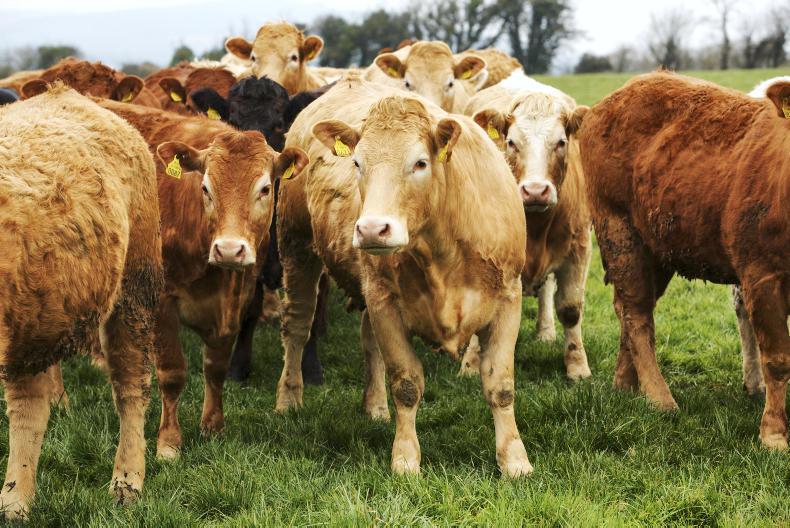
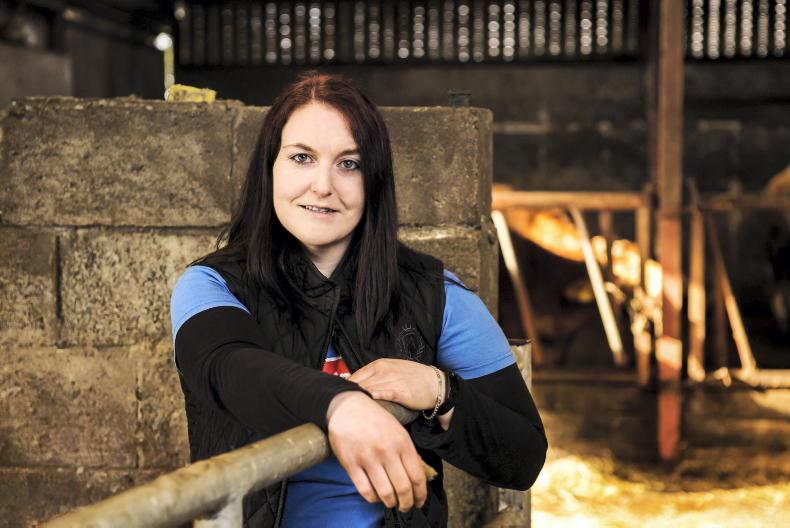

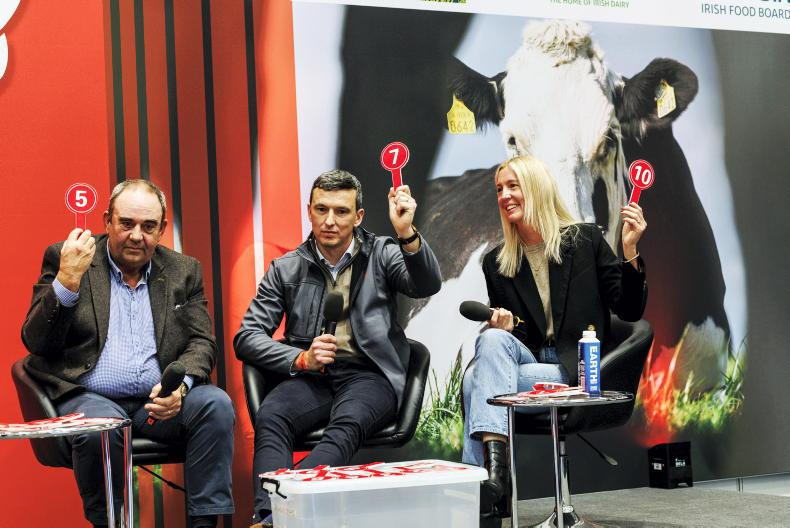
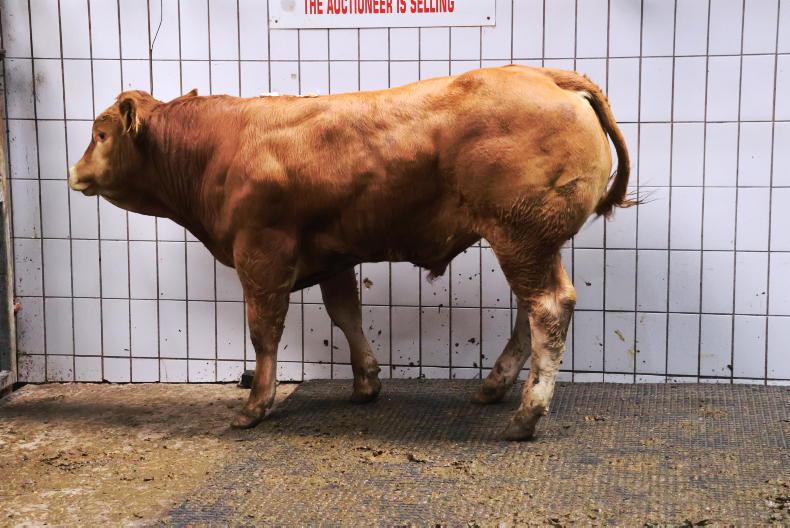
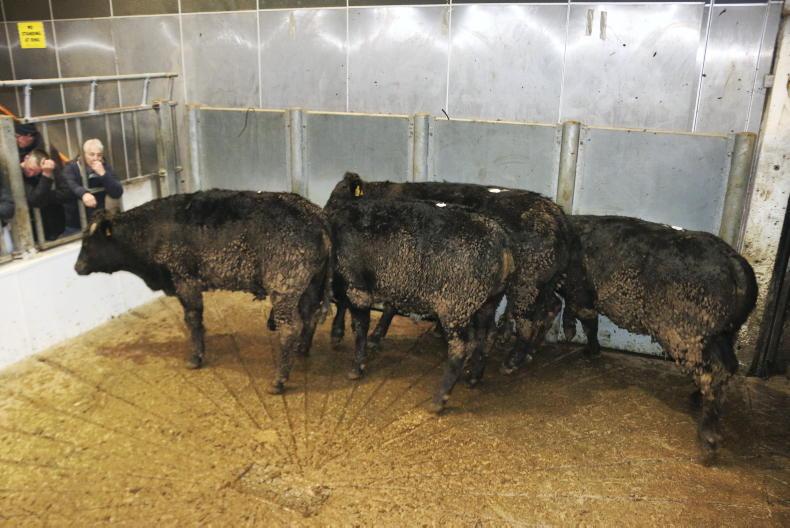
SHARING OPTIONS